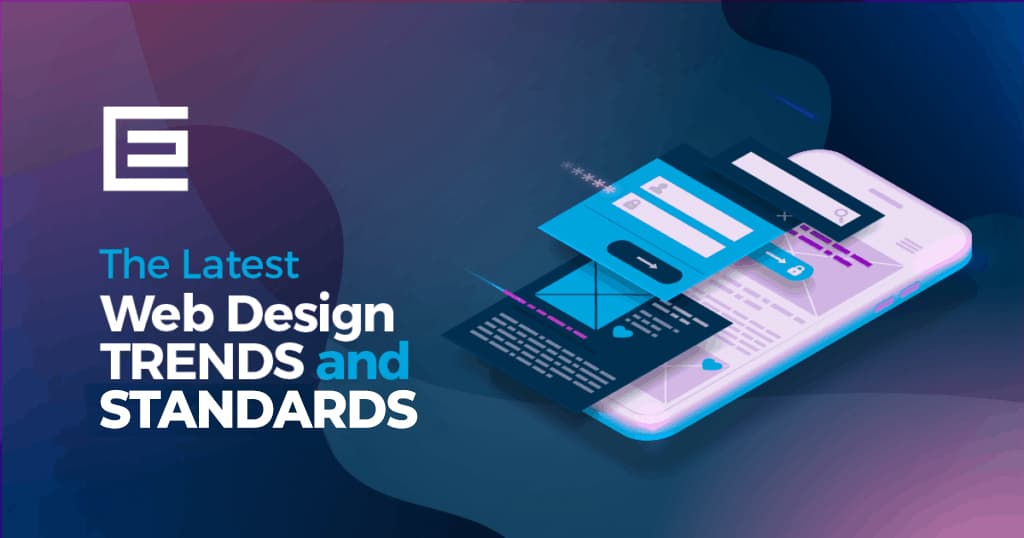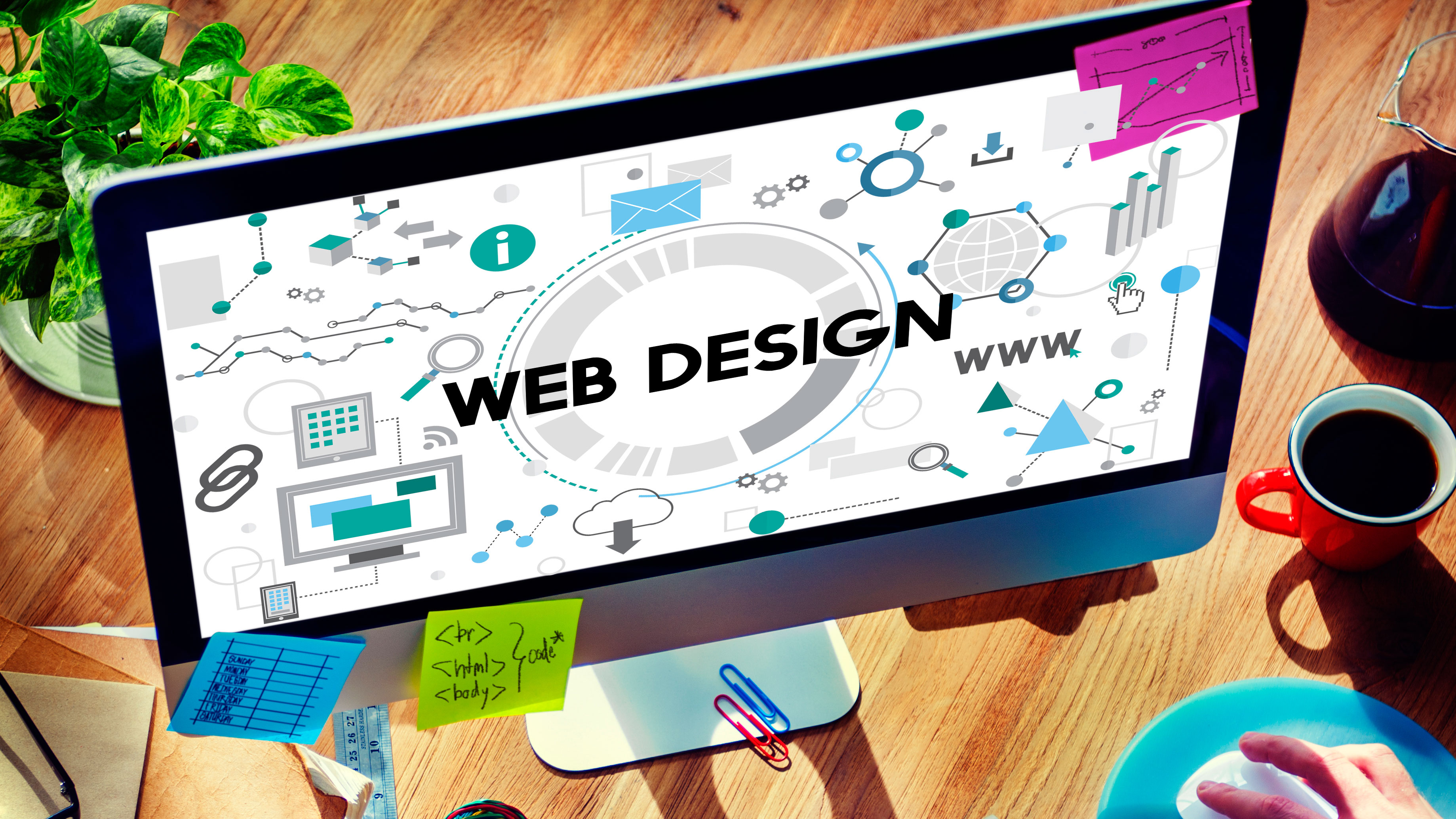Affordable Aligned Position Web Design: Top-Notch Web Design Services at Competitive Prices
Affordable Aligned Position Web Design: Top-Notch Web Design Services at Competitive Prices
Blog Article
The Most Effective Sorts Of Website Design to Improve Individual Experience and Interaction
In the ever-evolving landscape of digital interaction, the efficiency of Web layout considerably affects user experience and involvement. Different design strategies, such as minimal, receptive, and interactive layouts, each offer special advantages that can cater to diverse user requirements.
Minimal Website Design
As digital landscapes end up being increasingly chaotic, minimal Web design has actually become a powerful strategy to improving customer experience. This design ideology prioritizes simplicity, concentrating on essential elements while eliminating unnecessary disturbances. By making use of sufficient white space, uncomplicated navigation, and a restricted shade scheme, minimal design fosters clearness and guides user focus to vital content.
The core principle of minimalist website design is to create a seamless communication for users. By lowering cognitive lots, individuals can swiftly grasp details without really feeling bewildered. This straight strategy not just enhances use but additionally motivates involvement, as site visitors are more most likely to explore a site that is aesthetically appealing and very easy to navigate.
Furthermore, minimal style frequently emphasizes typography and images, utilizing these elements tactically to share messages properly. In essence, minimalist Web style is not just a trend; it is a thoughtful method that acknowledges the importance of user-centered design.
Receptive Web Layout
In today's varied electronic environment, receptive website design has ended up being vital for creating a seamless user experience throughout a wide range of gadgets. As individuals accessibility internet sites on smartphones, laptop computers, tablets, and desktop computers, the capability of a web site to adjust its format and content to various screen dimensions and resolutions is critical.
Responsive website design employs adaptable grids, pictures, and CSS media inquiries to guarantee that Web material is provided ideally, no matter the device used. This method not just boosts the aesthetic appeal of a web site yet also substantially enhances functionality. Customers are most likely to engage with a site that provides a regular experience, as it eliminates the aggravation of having to focus or scroll exceedingly.
In addition, online search engine, consisting of Google, focus on mobile-friendly sites in search rankings. By embracing responsive style, organizations can boost their visibility and reach a wider audience. This approach additionally streamlines site upkeep, as a solitary variation of the website can provide to all devices, reducing the requirement for numerous variations. In recap, responsive Web design is an essential method that improves individual experience, interaction, and general complete satisfaction.
Interactive Web Layout
Receptive Web style prepares for boosting individual experience, however interactive website design takes this a step additionally by engaging customers in an extra dynamic way - Aligned Position Web Design. By incorporating components such as computer animations, clickable models, and real-time comments, interactive website design astounds individuals, drawing them right into a richer surfing experience
This method not just fosters interaction yet additionally urges users to discover content actively rather than passively eating it. Methods such as gamification, where users link earn incentives for finishing tasks, can considerably enhance the time invested in a website and boost total complete satisfaction. Furthermore, interactive features can streamline complicated information, making it extra digestible and pleasurable.

Including interactive layout components can also lead to higher conversion rates, as individuals are most likely to involve with a site that proactively involves them. Aligned Position Web Design. Ultimately, interactive website design transforms user experiences into memorable trips, guaranteeing that site visitors return time after time
Flat Style
Identified by its minimalistic strategy, level design emphasizes simplicity and performance, removing unnecessary elements and focusing on necessary attributes. This design ideology focuses on use, making certain that users can navigate user interfaces with simplicity and effectiveness. By utilizing a tidy aesthetic, level design gets rid of the clutter usually discovered in extra luxuriant designs, thus improving individual concentrate on web content and capability.
The characteristic of level layout depends on its use bold colors, easy typography, and geometric forms. These aspects add to an aesthetically attractive interface that is both modern and friendly. Additionally, level design promotes a sense of quality, allowing individuals to discern essential actions and details without distraction.
In addition, level design is specifically reliable in responsive Web style, as its simpleness equates well across different gadgets and display dimensions. By concentrating on essential features, level layout not only fulfills user needs but likewise motivates smooth interaction, making it a vital element of efficient Web design techniques.
Flexible Web Layout
Flexible Web style personalizes the customer experience by producing several fixed designs tailored to various screen sizes and devices. Unlike receptive design, which fluidly adjusts a single format, adaptive style uses distinct designs for particular breakpoints, making sure optimal presentation on different systems. This strategy enables designers to concentrate on the unique qualities of each device, enhancing use by providing exactly what individuals require based on their context.
Among the key advantages of flexible website design is its capability to enhance load times and performance. By offering tailored web content and pictures that fit the user's gadget, internet sites can decrease information use and enhance loading speeds. This is specifically valuable for users Resources with slower links or minimal information plans.

In addition, flexible style promotes a more regular and regulated branding experience. Given that designers develop multiple layouts, they can guarantee that the visual aspects align with the brand's identity across various platforms - Aligned Position Web Design. This causes a natural user experience, improving involvement and promoting customer retention
Conclusion
Finally, the combination of minimalist, receptive, and interactive website design principles considerably boosts individual experience and interaction. Minimal layout cultivates clarity and emphasis, while responsive design ensures flexibility across different gadgets, promoting availability. Interactive style captivates individuals through vibrant components, encouraging exploration and customization. Collectively, these style approaches add to the Our site creation of straightforward atmospheres that not just improve satisfaction yet also drive higher conversion rates, emphasizing their vital relevance in modern Web layout techniques.

Minimal design promotes clarity and focus, while receptive layout ensures adaptability throughout different tools, promoting accessibility. Jointly, these layout approaches add to the production of easy to use settings that not only boost contentment yet also drive higher conversion rates, emphasizing their crucial significance in modern Web design strategies.
Report this page